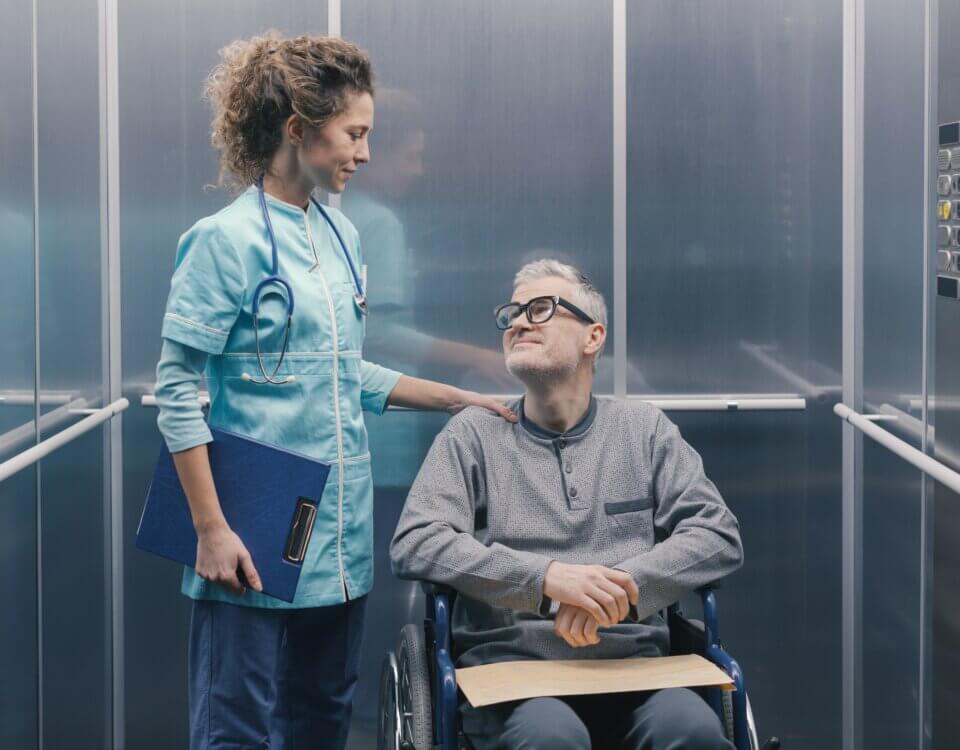When you file a personal injury lawsuit most cases do not go to trial. Around 95 percent end in pre-trial settlements. If your case does go to trial your attorney must build a strong case showing why you deserve compensation and how much that compensation should be. Here is how the valuation is usually worked out:
Reviewing Your Submitted Evidence
The court looks at your medical bills and records to confirm your expenses. If you have lost income because of the injury, you must show proof of how much you earned and how much income you missed out on. Those parts of your claim are more straightforward to calculate.
Estimating Future Losses and Pain and Suffering
Figuring out future medical care, future lost wages, and non-economic losses such as pain, emotional distress, or loss of enjoyment of life is more complex. Expert testimony is often needed to predict what your future needs will be and how much they will cost.
Comparing to Similar Cases
Attorneys often research past verdicts or settlements in similar injury cases. If there are local cases involving similar injuries and damages that resulted in certain amounts, those may be introduced to help establish a benchmark for what compensation should look like.
Using Plaintiff’s Demand as a Reference Point
What the injured person is seeking in damages can influence what a jury considers. If your attorney presents a number you are asking for it sets a reference. That helps frame negotiations and the jury’s mindset about what a fair award could be.
Adjusting for Fault
California is a pure comparative fault state. That means even if you share some fault in causing the accident you may still recover damages. The court or jury will assign fault to each party. If you are partly to blame your compensation is reduced by your percentage of fault.
Uncertainty of Trial Outcomes
It is important to keep in mind that outcomes at trial can be unpredictable. Even cases that seem strong can have unexpected verdicts. Whether to settle or go to trial depends on many factors including risks, costs, and how confident you are in the evidence.
Note: These blog posts are created solely for the use of Hillstone Law. The information is gathered from internet research, publicly available sources, and artificial intelligence (AI) tools such as ChatGPT. While we aim to share helpful and educational content, Hillstone Law does not independently verify every detail. Some information may be incomplete, outdated, or subject to change without notice. If you believe any part of a post is inaccurate, misleading, or infringes upon copyright, please contact Hillstone Law immediately so we can review it and take appropriate action, including correction or removal.
Disclaimer: The material provided in these blogs is for general informational purposes only and should not be considered legal advice. Reading these posts does not create, and is not intended to create, an attorney-client relationship with Hillstone Law. Our intent is to share knowledge, raise awareness, and provide helpful resources to the public; however, Hillstone Law makes no warranties or guarantees about the accuracy, completeness, or reliability of the information provided, and expressly disclaims liability for any actions taken in reliance on it. The photos used in these posts are for illustrative purposes only and do not depict actual clients, individuals, or incidents unless expressly stated. If you or a loved one has been injured in an accident, please contact Hillstone Law at (855) 691-1691. Our attorneys are available to answer your legal questions and help you understand your rights.







